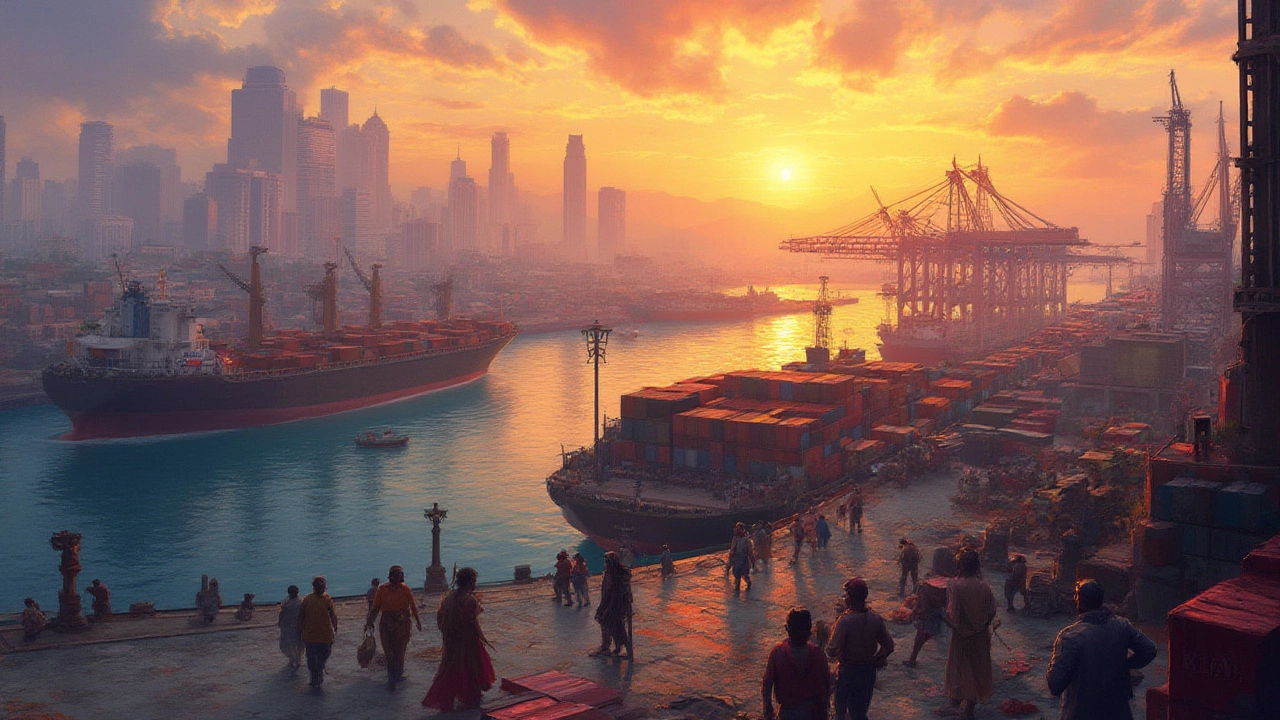Trade Policy
When talking about trade policy, the set of government rules that govern how goods and services move across borders. Also known as international trade regulation, it influences everything from price levels to job creation. Tariffs, taxes levied on imported goods are a core tool of trade policy, while import duties, fees applied to bring products into a country affect supply chains directly. Export regulations, rules that control what can be sent out of a nation shape competitiveness abroad. Finally, trade agreements, formal pacts between countries that set common standards and reduce barriers create the framework for long‑term cooperation. In short, trade policy encompasses tariffs, requires import duties, influences export regulations, and drives trade agreements.
Why Trade Policy Matters for Careers and Industries
Understanding trade policy helps you see why certain vocational trades pay more in some regions. For example, the most profitable trades in India often align with sectors that benefit from low import duties on raw materials, such as electrical work or plumbing. When a government cuts tariffs on copper, electricians see cheaper supplies and higher demand, boosting salaries. Similarly, apprenticeship programs in high‑skill trades thrive when trade agreements open up new markets, creating a steady flow of projects that need skilled labor. The link between policy and earnings is clear: a favorable tariff schedule can shrink costs for training providers, making short‑term courses more affordable and increasing enrollment in fast‑track programs. That’s why posts about “High‑Salary Courses” or “6‑Month Courses in India” often reference the broader economic backdrop shaped by trade rules.
These connections also explain why vocational education evolves with policy shifts. When export regulations tighten on certain technologies, local manufacturers may need to hire more technicians to retrofit existing equipment, sparking demand for specialized certification. Conversely, generous trade agreements can attract foreign firms that invest in local talent, raising the bar for technical degrees and apprenticeships. As you scroll through the articles below, you’ll notice patterns: salary data, course recommendations, and career guides all reflect the underlying trade policy environment. Armed with this perspective, you’ll be able to judge which skill paths are likely to stay lucrative and which may face headwinds as governments revise tariffs, duties, or agreements.
Explore the driving forces behind India’s trading power. Learn how its history, geography, reforms, and technology fuel India’s remarkable global trade.
